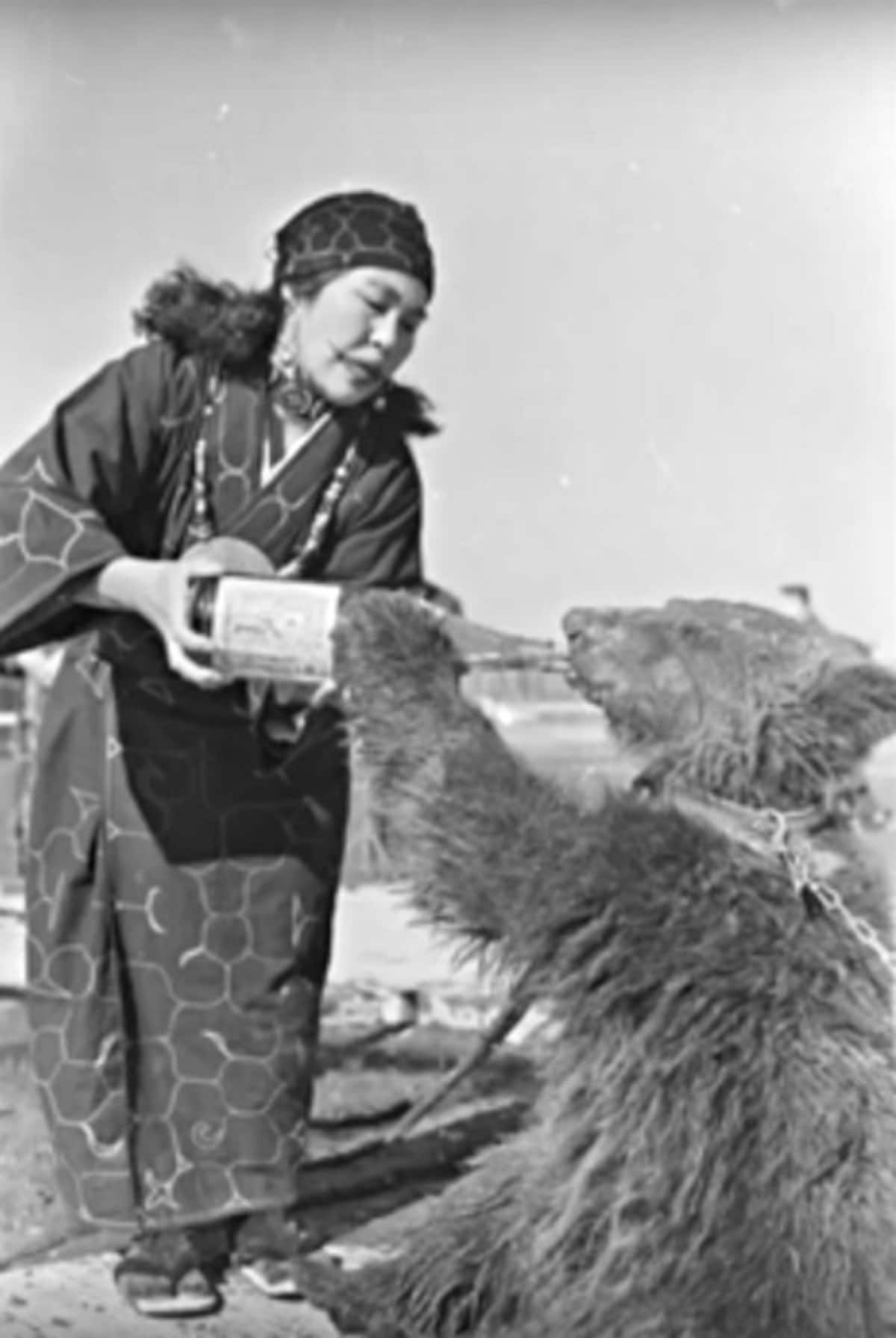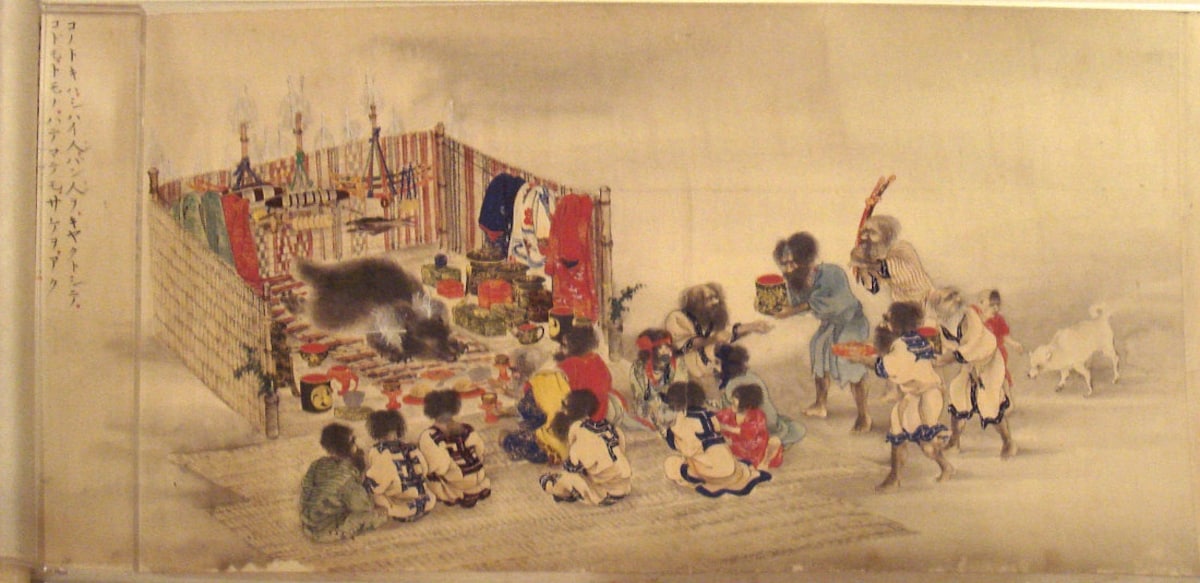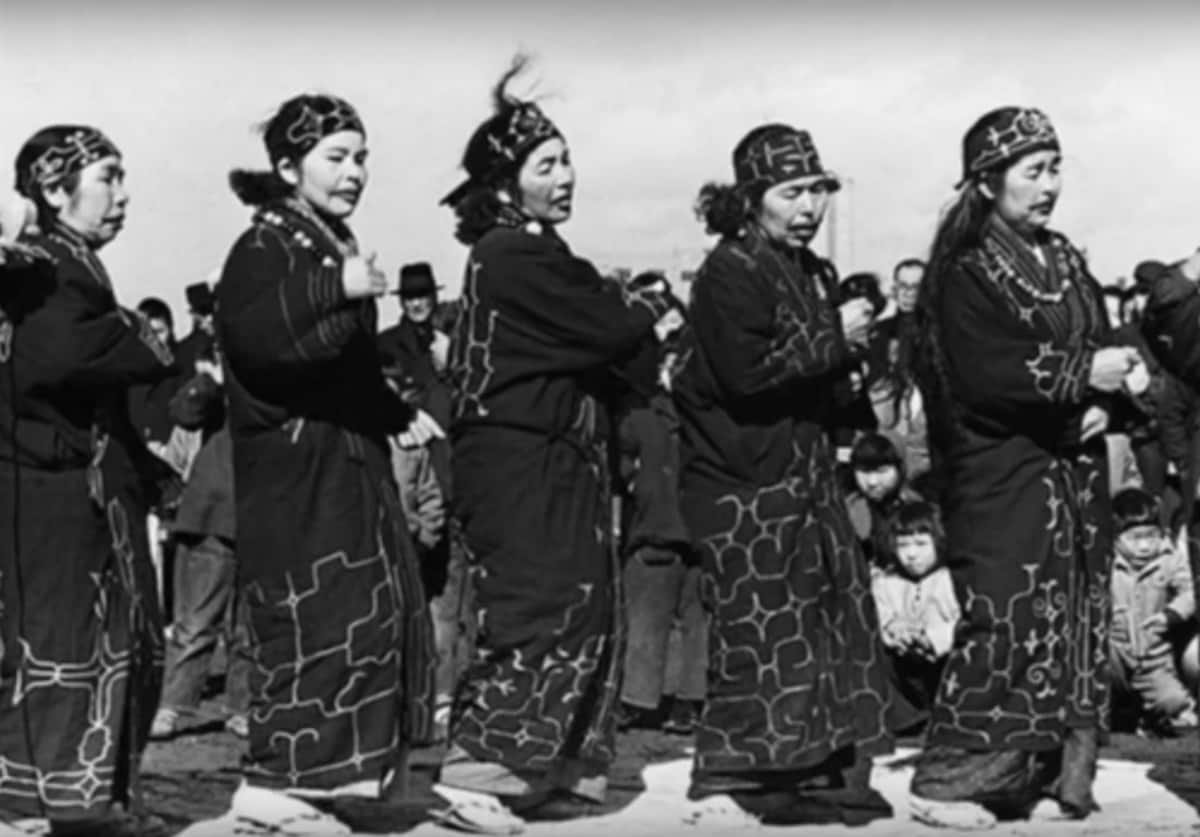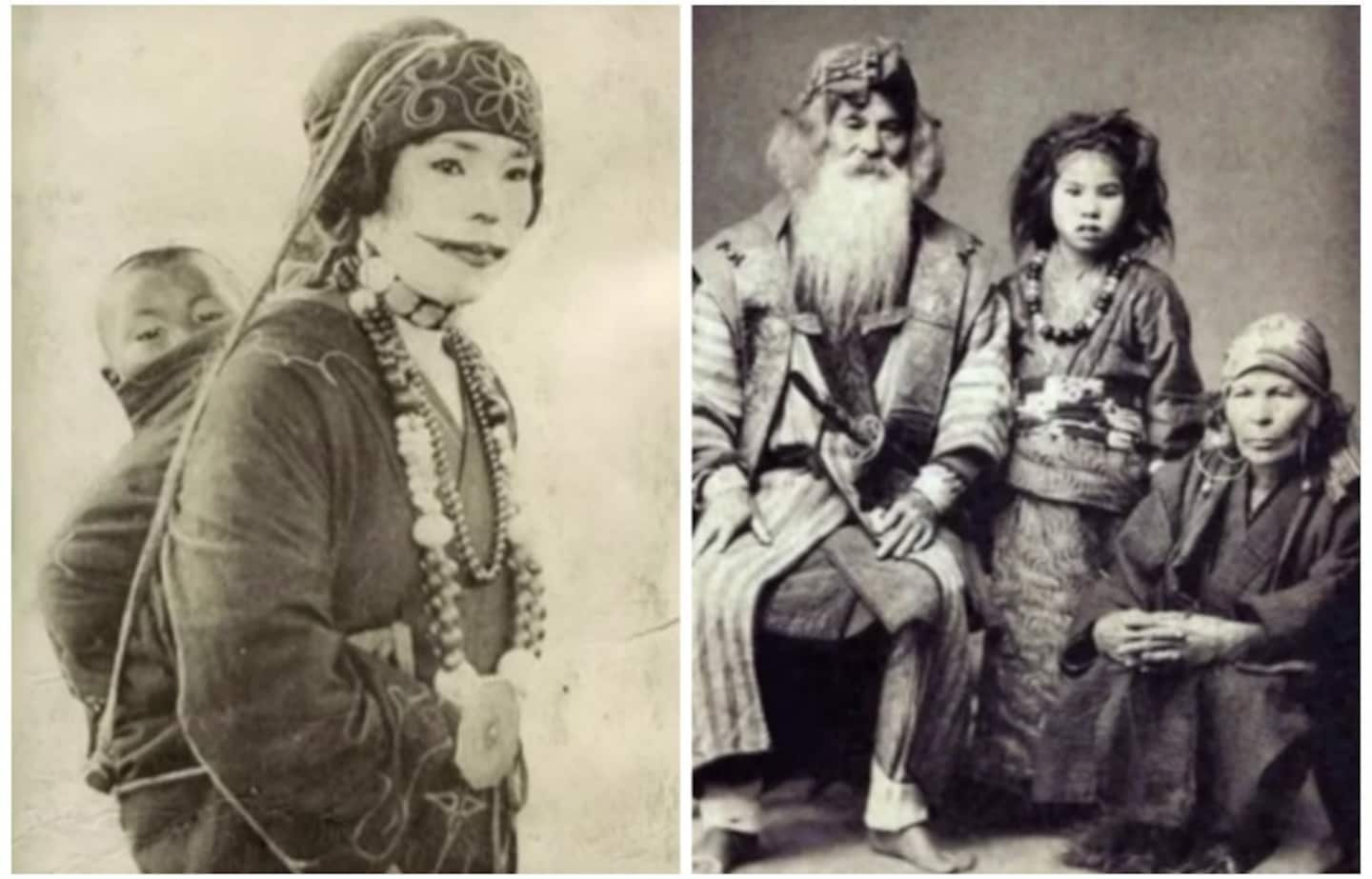Dive Into Ainu Culture
The Ainu are the indigenous inhabitants of Japan’s northern-most island of Hokkaido. The Ainu also populated the Kuril and Sakhalin islands. Hokkaido, called Ezo until 1869, was acquired by Japan during the Tokugawa Shogunate (1603–1868) purposed to be a buffer for protection from Russia.
By SoraNews24
https://www.youtube.com/watch?v=xc46pfG0aqU
But it wasn’t until 1947 that Hokkaido was awarded the status of “prefecture” and only in 2008 were the Ainu formally recognized as indigenous people of Japan.
The Ainu have a particular culture and way of life that was banished under the Edo government when they imposed strict orders for the Ainu to adopt a mainstream Japanese lifestyle and customs. Although there are an estimated 24,000 Ainu living in Japan, they still remain a marginalized people who suffer from the effects of subjugation, deracination and compromised identity.
At the end of this article is a video of this indigenous people’s life of 100 years ago, giving us insight into the ways of the Ainu, their artifacts, customs and fascinating traditions. But before we watch it, we’ll give some background information you’ll need to understand many of the images that may not be so evident otherwise.
Ainu Relationship with Bears

https://www.youtube.com/watch?v=xc46pfG0aqU
The Ainu revered nature and believed that gods descended upon earth disguised as animals, plants or other objects in order to provide for humans. Ceremonies were held to send back the spirits of animals to heaven. One of these ceremonies, called iyomante, was held between January and February, when the Ainu sacrificed bears (or sometimes owls). Bears were hunted at the end of their hibernation period and cubs were captured from the dens. The people then raised the cubs themselves. When the cub-cum-pet was around two years old he’d be sent back to heaven in a bear sacrifice where he would relay the messages of the people to “the great father bear in the sky.” The bear’s meat and pelt was then used for food and clothing and his skull was attached to a pole for worship as a bear god.

https://en.wikipedia.org/wiki/Ainu_people#/media/File:AinuBearSacrificeCirca1870.jpg
A Japanese scroll painting of an Ainu bear sacrifice (c. 1870).
Music & Dance

https://en.wikipedia.org/wiki/Ainu_people#/media/File:Woman_playing_traditional_Ainu_instrument.jpg
Music was performed on the mukkuri and tonkori stringed instruments. The mukkuri is a wind instrument that produces a rather unique sound similar to a jaw harp when played. While the tonkori (pictured above) is a low-pitched string instrument.

https://www.youtube.com/watch?v=xc46pfG0aqU
Some festival songs are performed by women while sitting in a circle, drumming the lid of a container and singing words in a round or a chorus.





